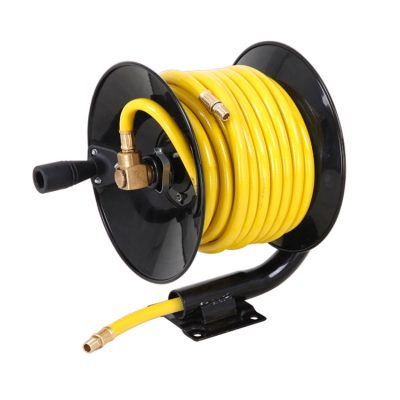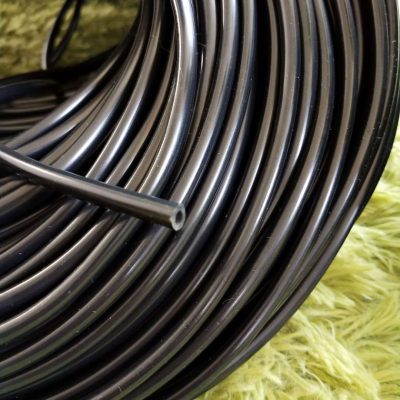Stainless steel water pipes are not easy to rust, because stainless steel pipes are nickel-titanium alloy steel. After the content of nickel and chromium elements reaches a certain condition, a guarantee film is formed on the surface of the steel pipe to ensure that the steel pipe does not rust. But once the external force or corrosion background damages the guarantee film, the steel pipe is easy to rust.
Stainless steel water pipes will not rust, but compared with iron, copper pipes are not easy to rust. For over a decade, good stainless steel water pipes are still half the problem, but should be good. The six common corrosion of stainless steel water pipes and their treatment methods are as follows:
1. Rust on dissimilar metals.
This refers to metals that rust easily, such as iron. If the situation is not serious, you can directly wipe with a sponge, cloth and neutral detergent or soapy water. However, if the condition is severe and has brown rust spots, it should be cleaned with a special detergent or 15% sulfuric acid thinner on the market.
2. Corrosion caused by harmful components in the attached exhaust.
Stainless steel pipes are prone to rust under the influence of harmful components contained in car exhaust, heater exhaust or factory fumes. It can be handled with methods. However, in this environment, we should try to clean 2-3 times a year as much as possible.
3. Rust due to attached salt.
The 304 stainless steel pipe will also produce red rust in a short time and be affected by the sea breeze. Also, it rusts faster than other areas. The processing method is the same. Coastal regions want to use corrosion-resistant 316 stainless steel pipes whenever possible when using stainless steel cladding.
4. Corrosion caused by adhesion of cleaning solution.
If it cannot be removed with a neutral detergent, use a detergent to remove it.
5. Corrosion caused by fingerprints or hand dirt.
If it cannot be removed with a neutral detergent, wipe it with an organic solvent such as a sponge or cloth (alcohol, acetone, light benzine, etc.). This method still doesn’t work, then remove the stainless steel with a cleaner. In short, all cleaning methods must be washed with clean water.
6. Pollution caused by surface protective film.
Wipe with a sponge cloth dipped in water-soluble neutral detergent or alcohol. If still ineffective, remove with thinner and light oil. After cleaning, rinse thoroughly with clean water.






